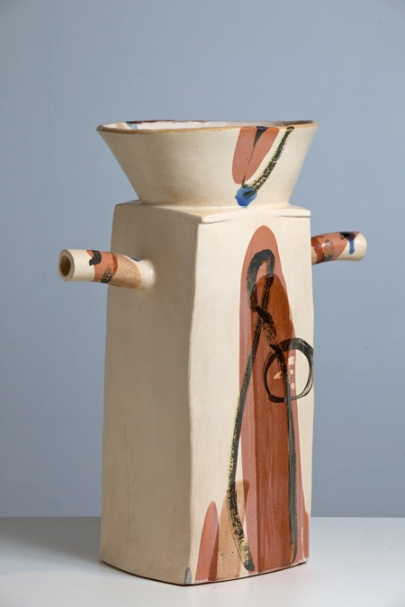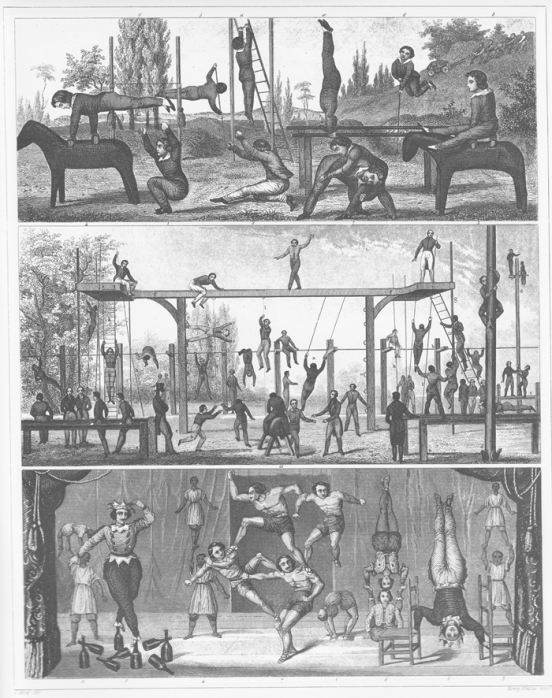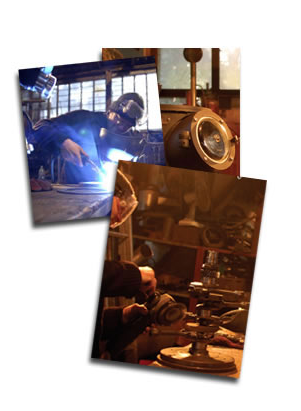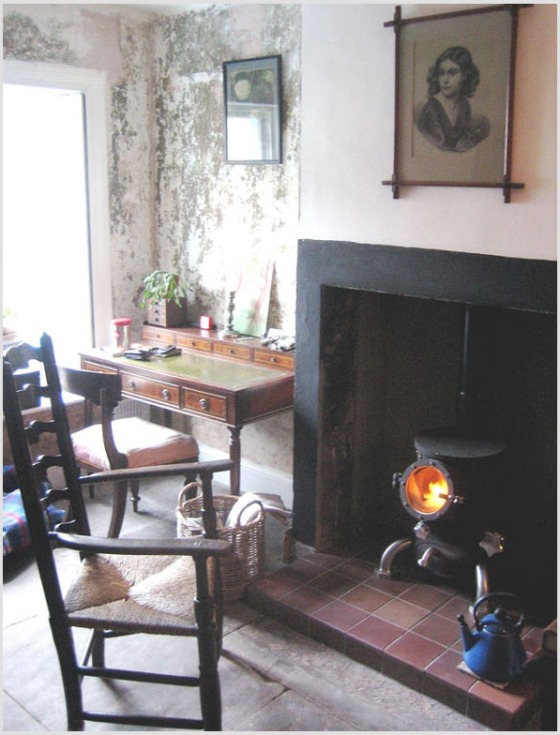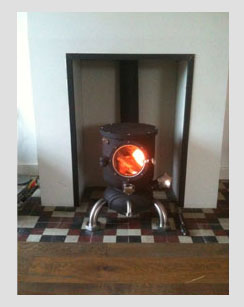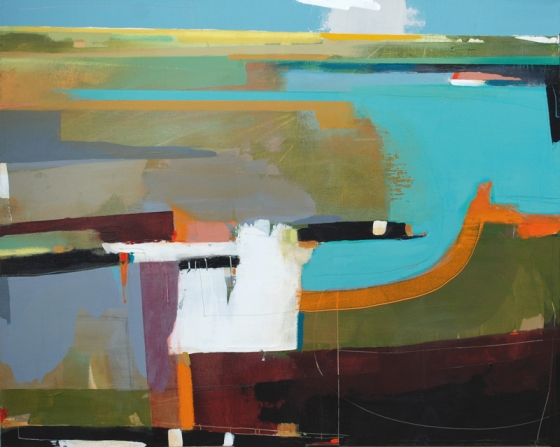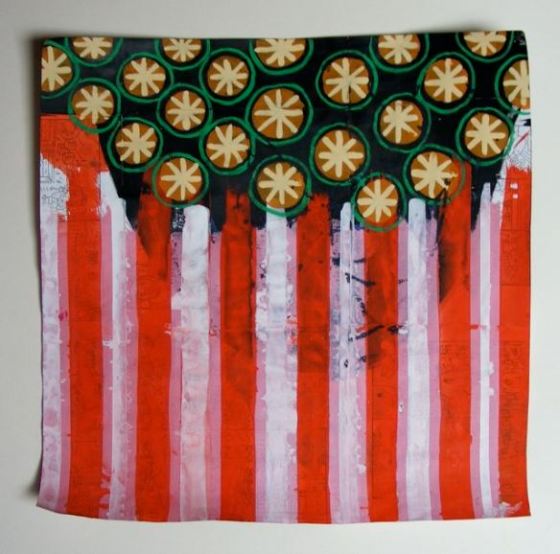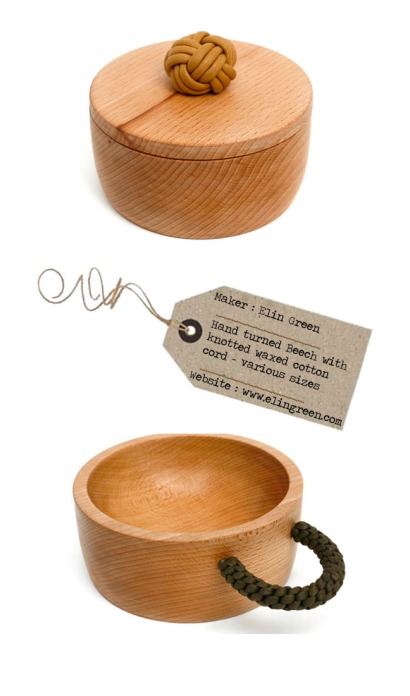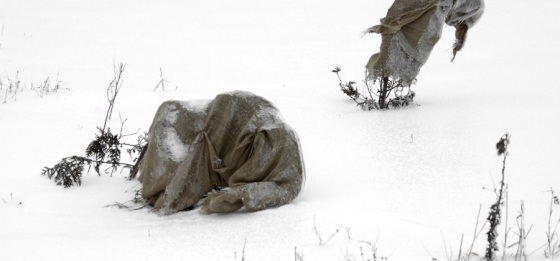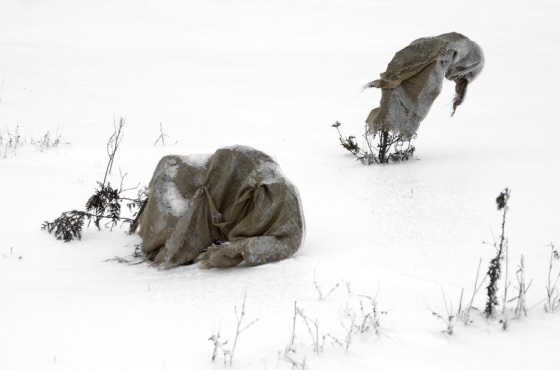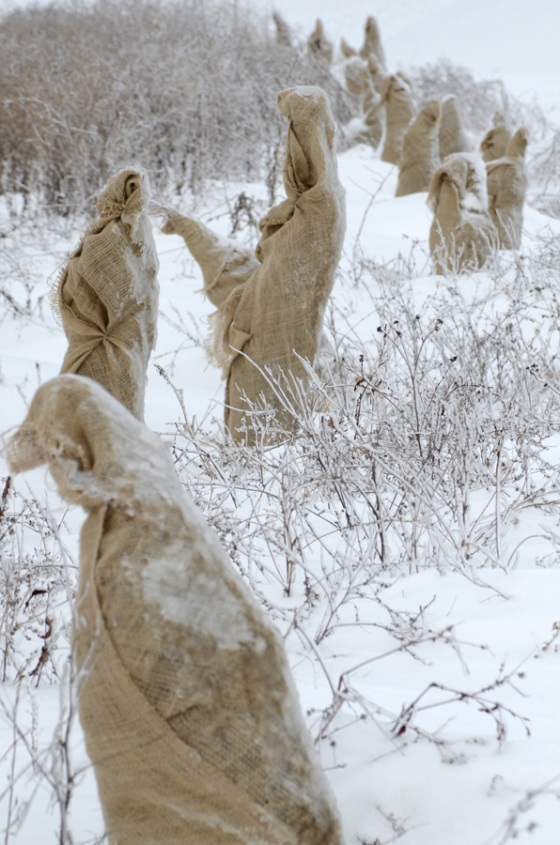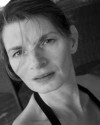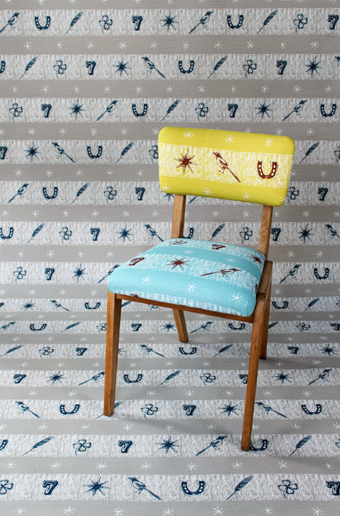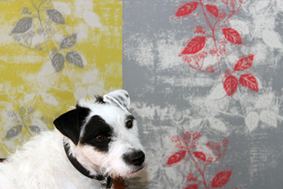.
Alison Britton, ‘Influx’ (2012)
photo © Philip Sayer courtesy of Marsden Woo Gallery
.
Alison Britton, ‘Tall Scrawl’ (2009) ceramic
photo © Philip Sayer courtesy of Marsden Woo Gallery
.
Alison Britton, ‘Cave’ (2012)
photo © Philip Sayer courtesy of Marsden Woo Gallery
.
Alison Britton, ‘Runnell’ (2012)
photo © Philip Sayer courtesy of Marsden Woo Gallery
.
Alison Britton, ‘Standing and Running’, installation shot 2012
© Philip Sayer courtesy of Marsden Woo Gallery
.
Alison Britton is part of the generation of innovative British ceramicists that emerged during the 1970s, whose work laid the foundations for what became known as ‘The New Ceramics’. She studied at the Central School of Art and Design and the Royal College of Art, and is highly regarded as a writer, curator and lecturer, as well as a ceramicist. Her work has been exhibited internationally, and can be seen in major public and private collections worldwide,including the V&A, London, Royal Museum of Scotland, Edinburgh, Australian National Gallery, Canberra, National Museum of Modern Art, Kyoto, and Musée des Arts Décoratifs, Paris. She was awarded an OBE in 1990 for her services to the applied arts, and is a senior tutor at the RCA.
Confidently standing as part sculpture, part painting, part domestic vessel, this work states its presence in a firm tone in Alison’s most recent show, “Standing and Running”, at The Marsden Woo Gallery in London.
Alison works in an interesting way, by rolling out the clay and working on it as if it were a painting, applying various slip colours and designs, before using that design to suggest a final form. To me this helps to lend an unrestrained energy – they are freed from the wheel. There’s an almost jazz-like sense of an improvised, “lets see what happens” spirit, within the framework of something structured and considered, and slightly hard to get inside of.
On reading some of the many words that have been written about Alison Britton’s work, the constantly returning theme is the vain attempt to be able to classify it. This is perhaps the mark of a true original, authoritatively embracing both art and craft, function and form, the abstract and the actual.
The Frank Lloyd Gallery leaves its final words on Alison’s work to Quentin Blake, who says, “the work may begin as a jug, but it becomes a free-standing story, a poem, a situation. Put in the position of reader, the viewer comes back again and again, each time finding a new word, line, or verse to fall in love with.”
Perfect.
There are some interesting discussions on a piece of Alison’s work in the V&A video archives, here.
Find out about new exhibitions and other artists represented at the Marsden Woo Gallery site here.
.

